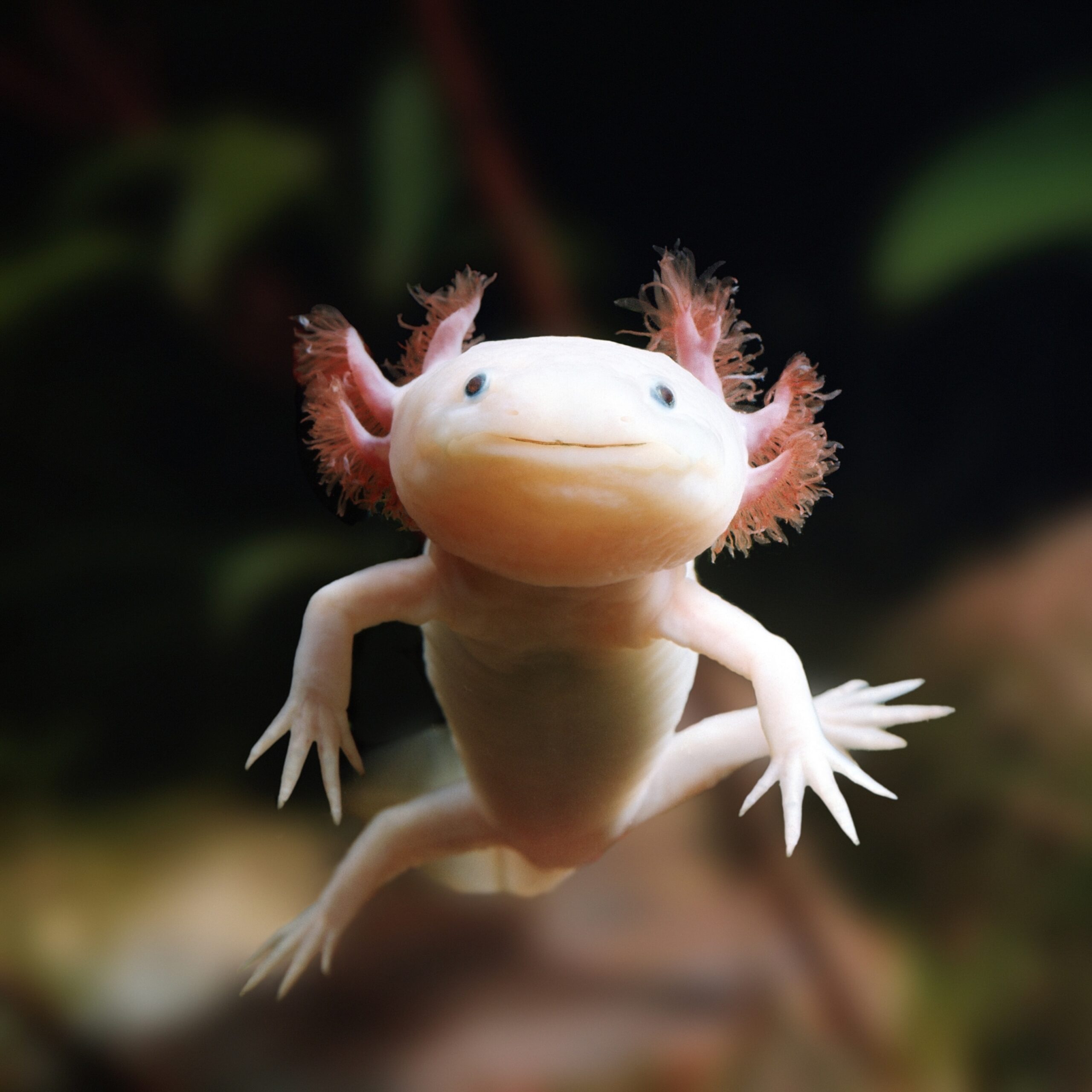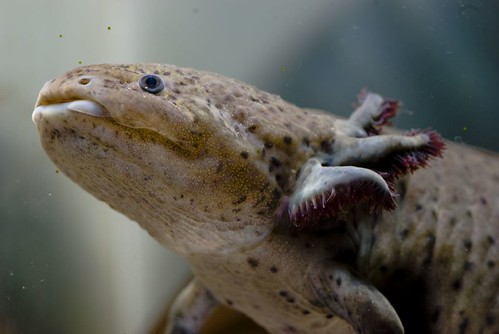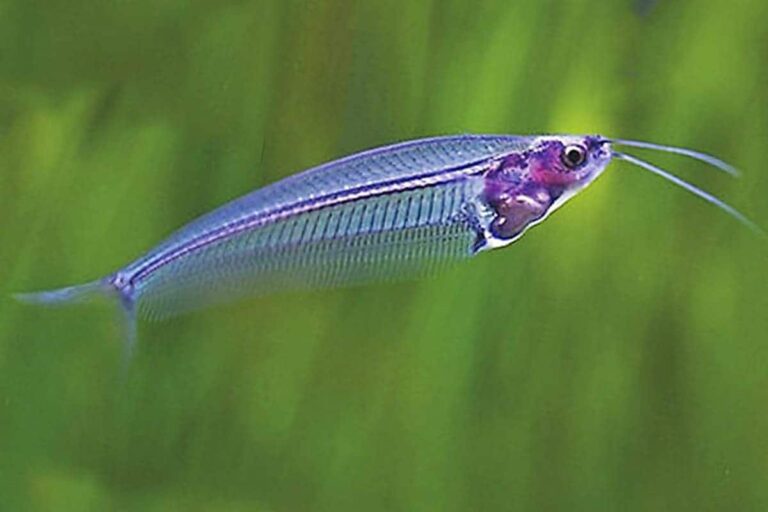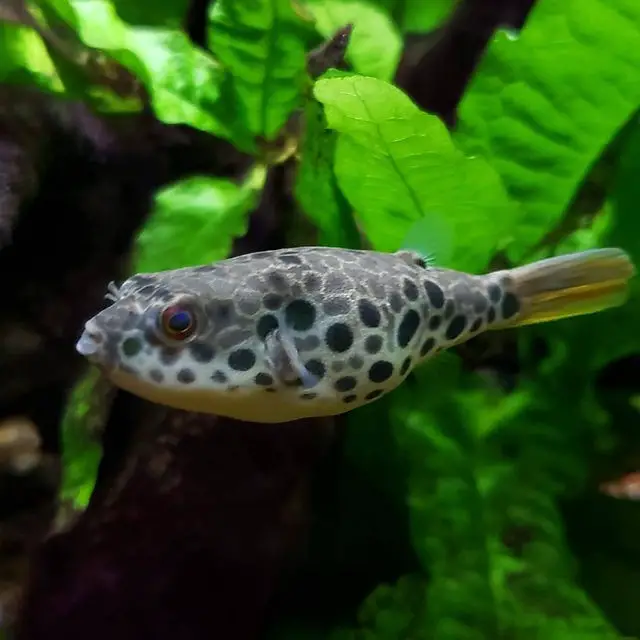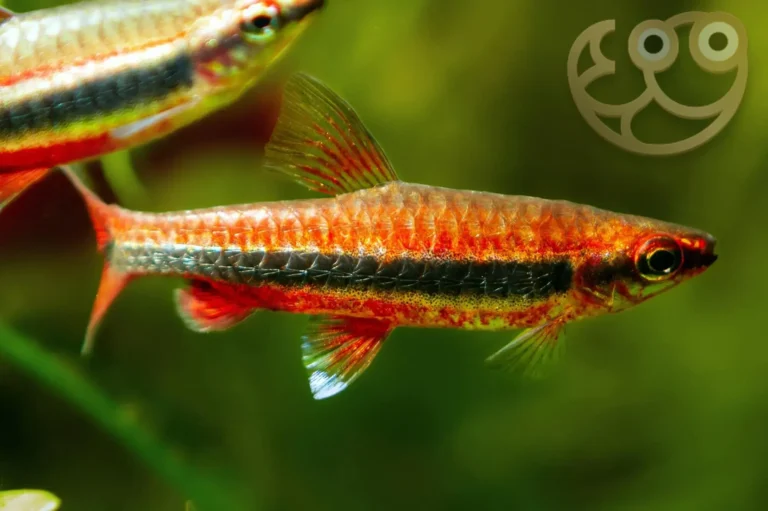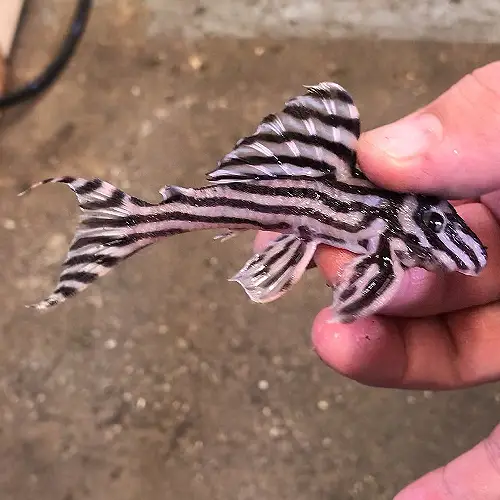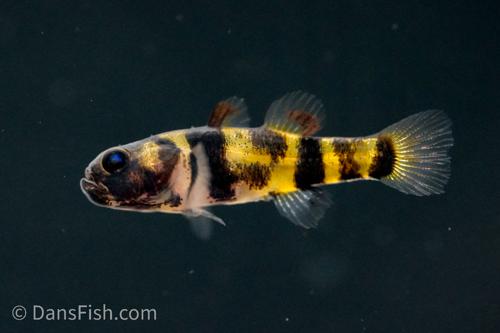Exploring the Enigmatic Axolotl: A Fascinating Freshwater Amphibian Profile
The underwater world is home to some of the most mysterious creatures on the planet. Wandering through its depths, you may encounter a creature that seems almost otherworldly. The Axolotl, also known as the Mexican walking fish, is one such enigmatic inhabitant—a fascinating amphibian that beckons curious aquarium enthusiasts to explore its unique charms. Delving into the secrets of this creature will not only satisfy your curiosity but may also plant the seed for a new passion in aquatic life.
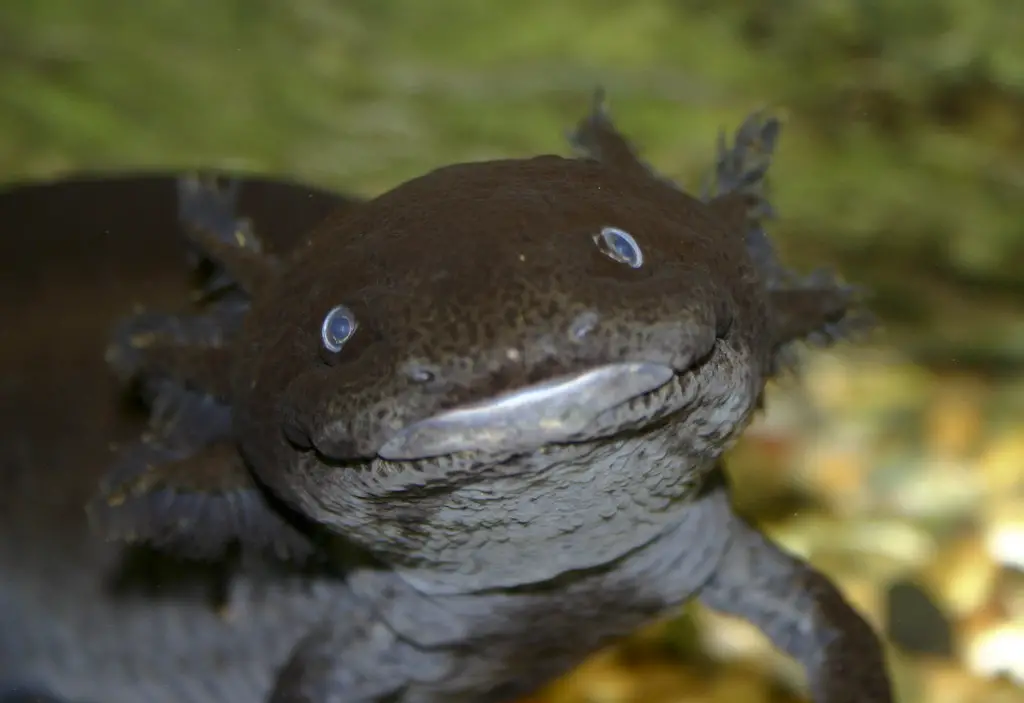
The Axolotl Profile: A Closer Look at a Curious Creature
A native of Mexico’s freshwater channels, Axolotls, or Ambystoma mexicanum, are not only striking in their appearance but also exceptional for their singular life cycle. Unlike most amphibians, who undergo metamorphosis from an aquatic larval stage to become terrestrial adults, Axolotls reach sexual maturity without undergoing this transformation. Here’s a detailed look at these peculiar creatures:
Physical Characteristics
Axolotls are known for their neotenic features, retaining gills and remaining aquatic even as adults. Their distinctive appearance includes a slender body, feathery gills, and lidless eyes, which give them an almost perpetually inquisitive look. They come in an assortment of colors due to their popularity in captivity, including albino, golden, and wild variations with dark spots.
Habitat and Environment
In their natural habitat, Axolotls thrive in the high-altitude freshwater lakes of Xochimilco and Chalco in central Mexico. These environments are cool and oxygen-rich due to the surrounding volcanic range and nearby forests. Unfortunately, these habitats are dwindling due to pollution and urbanization, making captive conservation an essential aspect of preserving the species.
Behavior and Lifestyle
Axolotls are solitary and crepuscular, meaning they are most active during dawn and dusk. They are relatively sedentary and prefer spending their time resting on the tank floor or floating near the water surface. While they are not particularly social animals, they do not exhibit aggressive behaviors unless it’s breeding season.
Why Aquarium Enthusiasts Love Axolotls
The allure of the Axolotl extends beyond its natural history. For aquarists, this creature offers a host of unique benefits that make it a beloved addition to any freshwater tank ecosystem:
Low Maintenance Requirements
Axolotls are relatively low maintenance compared to many other aquarium pets. They require minimal care regarding tank maintenance and feeding, given they are not picky eaters and the tank is properly managed. They are, however, sensitive to their environment, particularly changes in water temperature and quality.
Unique Appearance and Colors
One cannot deny the appeal of Axolotls’ unique looks. Their diverse range of colors provides enthusiasts with various options to admire and choose from. This uniqueness not only makes them an interesting centerpiece for an aquarium but also draws attention to the broader conversation about endangered species in their native habitat.
Regenerative Abilities
Axolotls are the superheroes of the animal kingdom with their exceptional regenerative powers. They can regenerate injured body parts, such as limbs, tail, and even parts of their brain, spinal cord, and heart. This trait not only fascinates hobbyists but also holds significant value in scientific research in the field of regenerative medicine.
Tips for Keeping Axolotls
Adopting an Axolotl into your aquatic family comes with its set of responsibilities. Here are some essential tips for their proper care:
Tank Setup and Water Conditions
For the best welfare of your Axolotl, the tank setup is critical. They require a tank size of at least 20 gallons for a single Axolotl and more for multiple companions. It’s crucial to keep the water cool (around 60-64°F) and maintain suitable pH levels (around 7.4). A fine substrate, preferably sand that cannot be ingested, is advised to prevent any health issues.
Feeding and Care Guidelines
Axolotls are carnivorous and primarily feed on a diet of live or frozen bloodworms, blackworms, and brine shrimp. Their diet can be supplemented with other small aquatic creatures, but it’s essential to avoid large prey as they might lead to choking. Regular water changes and tank maintenance are necessary to assure the health of your Axolotl.
Health Maintenance
Regular observations will help you notice any signs of illness early on. Common issues include loss of appetite, lethargy, and skin lesions. If you spot any signs of distress, contact a veterinarian who specializes in exotic pets or amphibians for the best course of action.
Conclusion
The Axolotl represents a captivating blend of unique traits that have cemented its place as a treasured species for aquarium enthusiasts. Its hardiness, low-maintenance needs, and educational value in scientific research make it especially endearing. Encountering and caring for an Axolotl is not merely a hobby; it’s an opportunity to engage with nature’s wonders and be part of the global conversation on wildlife conservation.
For those drawn to the idea of caring for this exceptional creature, undertaking the responsibility can be an enriching experience. Not only does it offer a window into the breathtaking world of the Axolotl, but it also serves as a testament to your commitment to preserving the charm and diversity of Mother Nature’s creations. The promise of the Axolotl lies in its potential to bridge the gap between human curiosity and the conservation of one of the world’s most endangered amphibians.
